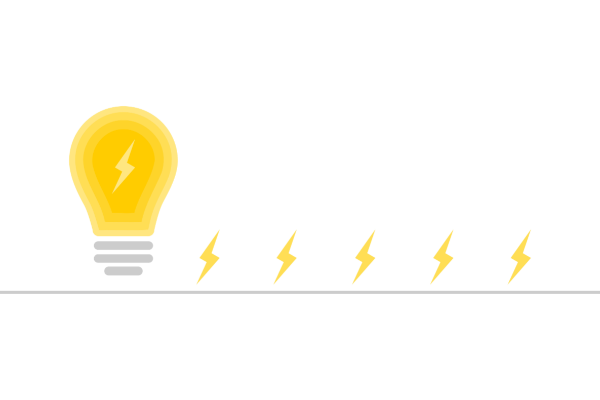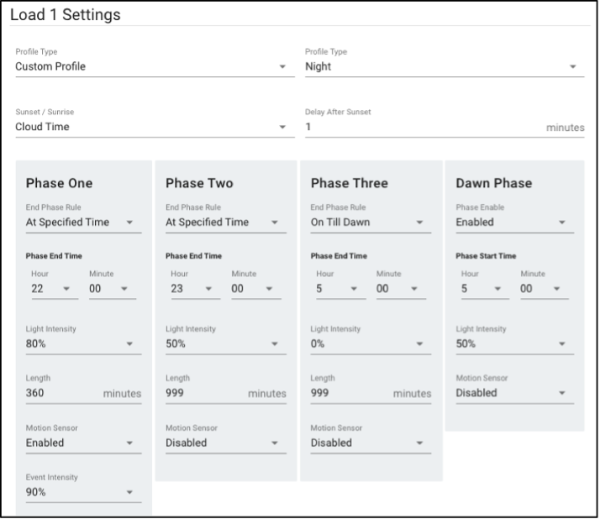Dispelling 5 Common Myths in the Solar Street Lighting Market

The announcement of the latest climate agreement in the U.S. brings good news for the solar streetlighting industry as spending on solar projects is expected to increase dramatically. However, because solar streetlighting is still a relatively young market, the space is rife with myths and misinformation. Similar to a previous blog post on the most common myths about off-grid power in general, this blog will have Clear Blue’s team of experts take a look at some of the most commonly heard myths, advertised in the solar street lighting market, to see what is truth and what is fiction when it comes to solar street lights.

1. Battery Technology
Firstly, be wary of streetlight manufacturers suggesting that because they use Nickel Metal Hydride (NiMH) batteries, their systems will have optimal performance and longest system life, as this is misleading. The main advantage of NiMH batteries is that they are cheap to source. However, this does not mean they are the most efficient, reliable batteries on the market.

The Advantages and Disadvantages of NiMH batteries. Learn More.
In reality, the life of NiMH batteries can be significantly reduced when improperly charged, in which case they will have poor performance. While typically more expensive, Lithium-Ion batteries have a much higher energy density, meaning they are more efficient than NiMH batteries. Li-ion batteries tend to perform better than NiMH batteries and hold their charge for much longer. In addition, Lithium batteries have a life cycle of about 5 years, compared to the 2-5 year cycle of NiMH batteries.

The Advantages and Disadvantages of Lithium-Ion batteries. Learn More.
Overall, both technologies have their advantages and disadvantages. So, don’t be fooled by the myth that NiMH are more reliable and long-lasting than other batteries.
2. Lumen Output and Fixture Life

In addition, there are many myths in the industry about the lifespan of a lighting system and its ability to produce a certain light level. By digging a little deeper, these myths can easily be dispelled. One common claim is that a lighting system has a 20-year lifespan, meaning it can maintain a light level for nearly 200,000 hours.
However, this claim is highly exaggerated and clearly misleading. In most cases, lighting specifiers, including engineering companies and municipalities, will request a Light Loss Factor (LLF) of 85%. At 200,000 hours, the light loss factor will be far lower than 85%. As a result, 200,000 hours is a meaningless value. A light cannot maintain its luminance for nearly that long.
Such a number is based on the ‘calculated lumen maintenance,’ which is extremely different from ‘reported lumen maintenance’ and is not an accurate reflection of how long the light will actually last. The data that is calculated in the lab tests is very different from what will work in practice, and calculated lumen maintenance thus cannot be used to infer light life expectancy.
In fact, according to IES TM-21-9, the Illuminating Engineering Society (IES) does not recognize any lighting projection that is beyond 6 times the practical test period, which is between 6000 and 10,000 hours. Therefore, anything beyond the 60,000-hour level cannot be verified, and the IES states a lack of confidence in data beyond a 5-year projection. When suppliers advertise claims such as a light with a 20-year lifespan, it cannot be backed up. It is important to have quality conversations with your supplier to understand better the true capabilities of their products and what they can offer.
3. Hardware

Hardware is another common area where customers in the solar street lighting business can be misled. The so-called ‘all-in-one’ streetlighting suppliers will offer lighting systems which they claim have ‘lighter, more simple designs.’ What this actually means is that the lighting systems are cheaper to source, less durable and less reliable. As a result, customers should be wary of lighting hardware with such designs and make sure to source quality hardware that is managed remotely for increased reliability. Moreover, when suppliers advertise that their systems are ‘designed to’ a certain standard, it does not necessarily mean it has actually met that standard.
4. Monitoring vs. Smart Management and Control

As discussed in a previous blog post, there is a critical difference between monitoring and control. System monitoring provides helpful data but does not reduce overall costs. On the other hand, management and control capabilities save significant costs by eliminating on-site maintenance visits and provide high reliability.

In the solar street lighting market, claims about system control should be evaluated closely. Access to data from the lighting system is different from being able to control the system’s settings remotely. And simply because energy can be transferred from the solar panels to the batteries for storage does not mean there is remote system control. In fact, this is a basic function of most off-grid systems, regardless of their software capabilities. Without the ability to actively manage the system, monitoring does not significantly lower costs, as a technician still must go to the site.

5. IES Compliance

All-in-one solar streetlighting manufacturers sometimes bypass IES standards to provide cheaper products. For instance, as per IES recommendations for roadway applications, the angle of the light to the surface (also known as the nadir angle) should be less than 10 degrees. However, in order to correctly angle their solar panels for optimal solar energy generation, all-in-one solar streetlight manufacturers will deliver systems with a nadir angle of 25-30 degrees which produces significant glare. By avoiding the reputable standards of the IES, costs are reduced, yet the quality is sacrificed. Unless otherwise requested by the customer, Clear Blue’s lighting systems are designed using Lighting Analysts software and adhere to IES Recommended Practices (RP) 8-18 or 8-21. As a result, Clear Blue’s customers are sure to receive the highest quality street lighting products.
Ultimately, when approaching the solar street lighting market, it is important that customers have accurate information from lighting experts so they can make informed decisions and purchase the solution that best suits their needs. By avoiding these misconceptions, customers will be able to find high-quality street lighting products that suit their application’s needs.
If you have any questions about the standards or quality of products that Clear Blue provides, reach out to our expert team by email: sales@illumient.com, and we will be happy to answer any of your questions around batteries, lumen output, hardware compliance, remote management or IES standards and show you why Illumient SMART solar street lights are a market leader.


